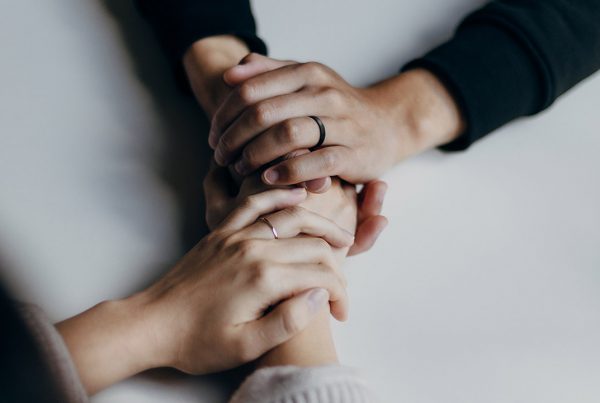What is Art?
To put it simply it’s “the expression or application of human creative skill and imagination” but it’s much more than that isn’t it?
The above definition doesn’t fully cover or recognise art for itself, the skills and emotions that can be produced, communicated and developed by the artist or observer leading to mindfulness, action and discussion. We have all seen some type of artwork that has gone viral – some that make us laugh, provoke our thoughts in campaigns, memes, poetry or clothing to name a few. In fact we can also use art to teach and learn, it can be a means of education for example, in regards to mental health, writing can be considered an art form, or our Mindful Bubbles illustrations. Check out the most recent one here!
Art can give meaning to people intentionally and subconsciously whereby individuals can be affected positively or negatively creating cognitive ease. Cognitive ease is when our brain processes information; this level of ease or automatic response impacts how positively (or negatively) we feel about something. Focusing on something and being present in the moment can result in stress reduction.
Our emotions and getting the right balance can be described with the term Subjective Wellbeing (SWB). This is because SWB is concerned with the balance between positive and negative emotion or affect and the presence of life satisfaction (Huppert & Linley, 2011) which is influenced by the environment.
There is literature connecting creative expression and overall wellbeing, whether that’s baking or painting, it can be a stress relief as it is an outlet and a way for someone to express themselves. Therefore creative expression in its many forms whether that’s poetry, photography, sketching, knitting or building, it can be accompanied with a host of psychological benefits as well as physical. Even prayer which has the spiritual benefits also includes physical exercise which can become a case of cognitive ease whereby it’s done automatically.
In terms of human flourishing, our affect (the experience of feeling or emotion) can be a significant influence in our ability to have good mental health (Haybron, 2008) and previous research has found similar results, Zika & Chamberlain found a strong relationship between meaning in life and well-being, with meaningfulness influencing positive emotion than negative (1992).
By doing a hobby you enjoy or directing your thoughts on something else, it is less time spent ruminating over thoughts, as we know that rumination contributes to sad thoughts and depression. The good thing in dabbling in art is that there is a tangible reward or feeling that can be beneficial, whether that is by soothing your heart or mind.
Just like every illness and feeling is personal to the individual, art is subjective. What does it mean to you? Feel free to share your ways of #creativecoping with us on social media this month!




